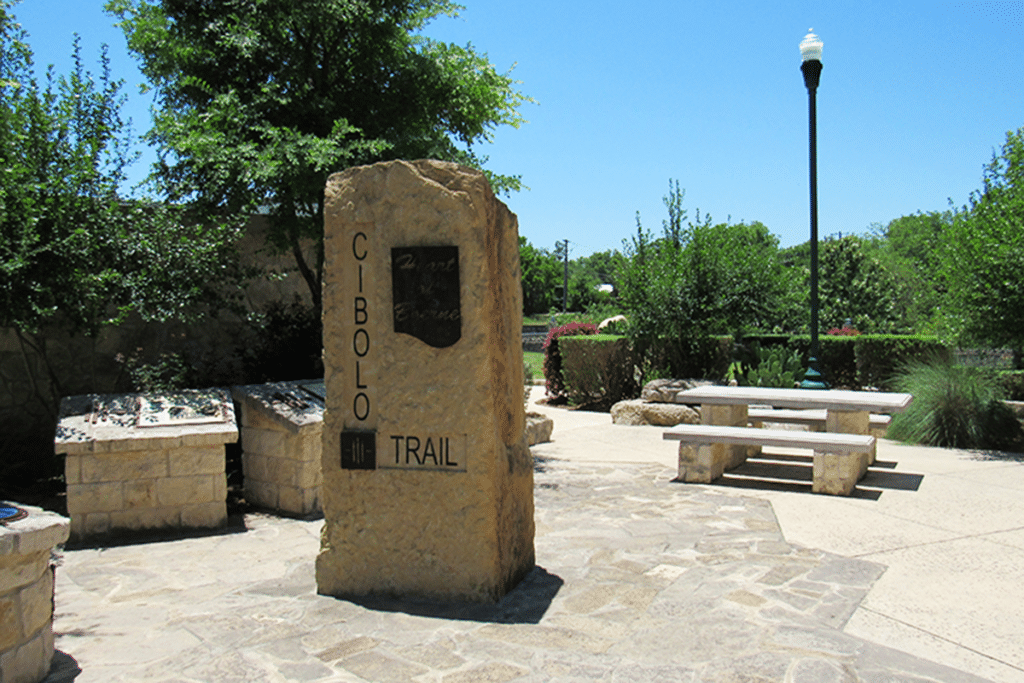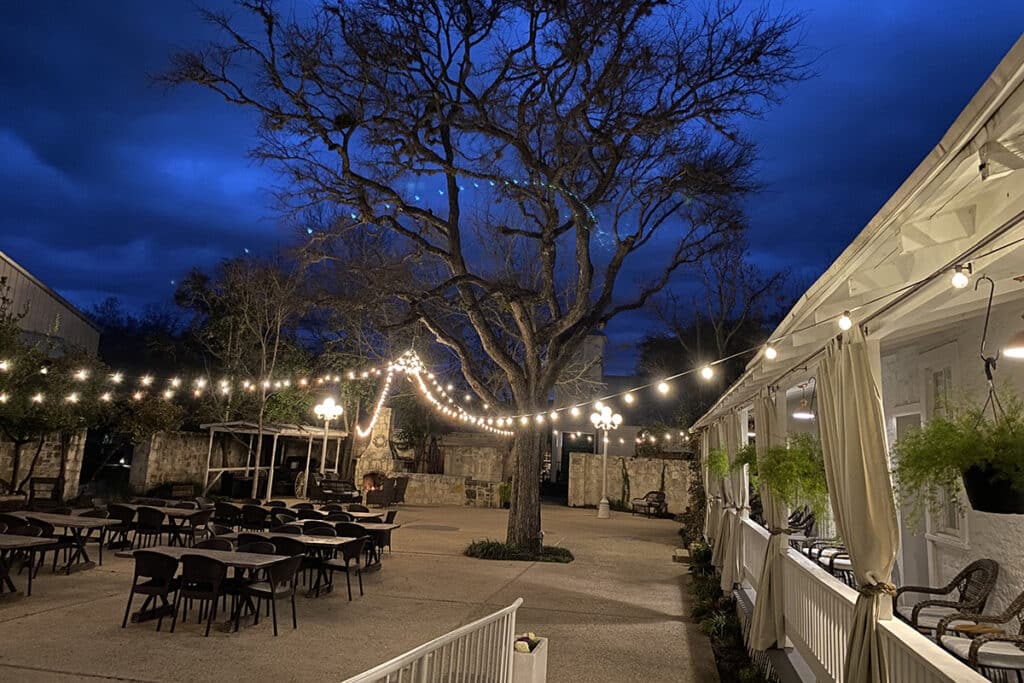In the tsunami of new restaurants in San Antonio by and for the wave of moneyed Mexicans fleeing the country’s drug wars, there has been a notable number of coastal places. They don’t all succeed here;Cabo, for example, went out with the tide, apparently never to return. But if the phalanx of large, black vehicles outside Costa Pacifica is any indication, some seem destined to survive, enhancing the appreciation of coastal cuisine first encouraged by old-timers such as El Siete Mares and CamaronPelado. The latest arrival is Bahia Azul. Replacing the short-lived Pomegranate in The Alley on Bitters (formerly Artisan’s Alley), Bahia claims to specialize in Nayarit-style cooking, and though I have been fascinated with the man-made island city of Mexcaltitán(sometimes called “the Venice of Mexico”) ever since I saw photos in National Geographic years ago, I can’t claim to know much about the cuisine of this state sandwiched between Jalisco and the infamous Sinaloa. The cuisine will have to speak for itself, under the circumstances.
What it says, starting with the appetizer empanadasde camaron, is that this not the food of fancy resorts such as Punta Mita but rather something a little less contrived. The empanadas arrived on a white plate without even the merest wisp of cilantro as a gesture to the niceties of plating; lifting one of the pieces revealed an unapologetic puddle of grease. And yet the overall impression was of something straight off acomal on the beach. The pastry was hot and good, the filling of shrimp with tomato and onion was fresh and well seasoned, and the limey jalapeño sauce left over from the complimentary sample of ceviche was a great accent. About that ceviche: It’s unlike the one(s) most of us are familiar with. The fish is shredded, not cubed; there are shards of carrot, bits of cilantro, onion, a good, tart, limey flavor … not only is it not bad for free (it can be ordered as a full serving), but suggestive once again of beachside shacks. There’s also a sautéed seafood version with lime and hot sauce, and as shrimp are part of the local culture (Mexcaltitánwas, or is, known as a shrimping town), there are two versions featuring it.
There are both shrimp and prawns (langostinos) in the “traditional Nayarit-style paella.” I don’t actually remember any prawns in the plate I had at one lunch, but there was plenty of everything else: shrimp, octopus, tiny scallops, mussels. This was a rice dish more in the style of arroz con pollo than the traditional Spanish version, and it wanted something — green, peas maybe — to give it a little visual life (and apparently it’s occasionally served a little differently from the way I had it). But the flavors (maybe it’s the seafood broth) were good and the seafood fresh and plentiful. The cuisine of the Pacific Coast of Mexico was modestly influenced by the Manila galleon trade of colonial times, and one of the vestiges of this cultural diffusion is pork. Though BA’s menu seriously skews seafood, carnitas en achiote (perhaps a take on the Philippines’ puerco en adobo) are among the few meat dishes. Still, it’s hard to get beyond the notion that one is here for the fish. And one of the coast’s classics is pescado sarandeado. Or zarandeado, if you prefer.
This is a dish with many manifestations in addition to spelling. It’s sometimes grilled wrapped in foil with soy, mustard and more; it’s occasionally simply grilled with lime juice. BA’s rendition is somewhere in between. Here, a large black drum is split, marinated in “traditional Nayarit hot sauce” and grilled — slowly, very slowly — over mesquite. Some soy sauce is involved (maybe another Philippine influence), I was told, not that it’s altogether obvious. The result is visually more arresting than most of BA’s plates in part because the fish is impressive, the shredded vegetables add color, the white rice with peas, carrots and corn is lively … and it pretty much all tastes just as you hope it might: simple but satisfying. There’s really not even any need for the slightly spicy tomato sauce that is served separately; I used some of my remaining jalapeño hot sauce because I had become addicted to it. BA’s décor is rudimentary: a little wavy neon, some obvious blue walls. But there is a pleasant-looking new deck. It may not summon up a secluded coastal bay, but it should be a congenial environment for sampling ceviches and seafood cocktails or for sipping a glass of wine from the list that’s small but probably better than it needs to be. Just promise me you’ll stay away from the half pineapple stuffed with mixed seafood and topped with melted cheese.




